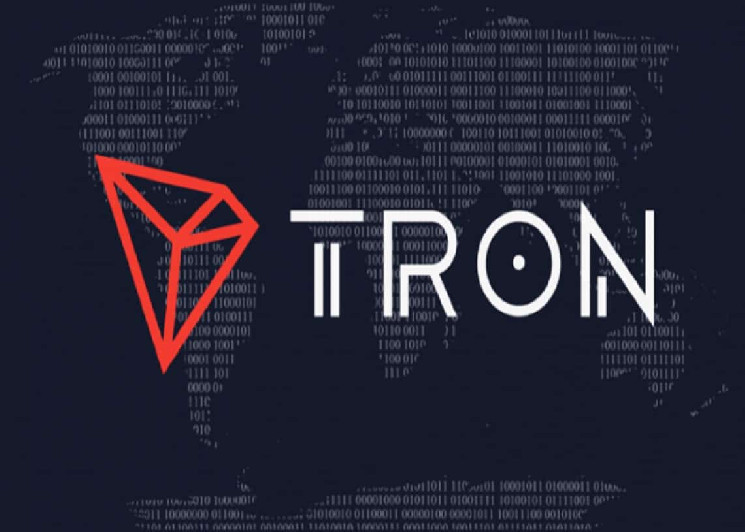EigenLayer, a leading proponent and implementer of restaking in the crypto and NFT industry, is making significant strides in the field. By removing caps on staking with liquid staking tokens (LST), EigenLayer has seen a surge in total value locked from $2.1 billion to 11.5 billion in ETH used for restaking. The concept of restaking focuses on enhancing capital efficiency and leveraging the widespread liquidity of ETH to bootstrap new proof-of-stake (PoS) protocols.
Restaking is gaining momentum as a buzzword in the industry, with EigenLayer at the forefront of innovation. While the EigenLayer team is currently proceeding cautiously, restaking holds the potential to unlock billions in additional value within the staking industry, complementing existing liquid staking protocols like Lido, Rocket Pool, and Frax.
Despite some concerns regarding the impact of restaking on Ethereum’s stability, the practice offers a unique opportunity to increase financial stability. By allowing ETH holders to earn staking yields alongside DeFi yields, restaking promotes a more competitive staking environment and benefits the overall network by encouraging more ETH to be staked.
It is essential to address any financial risks associated with restaking. While technical risks are legitimate, restaking is a purely technical process that does not pose financial risks. EigenLayer, as a decentralized protocol, emphasizes the importance of community engagement and due diligence to mitigate potential risks.
Technical concerns surrounding restaking, such as protocol failures and security vulnerabilities, are valid considerations that require ongoing monitoring and mitigation strategies. Through constant auditing, bug bounties, and redundant solutions, the crypto community can minimize risks associated with restaking and maintain the integrity of the Ethereum network.
Additionally, the modular and decentralized nature of restaking, coupled with the implementation of decentralized validator technology (DVT), offers a robust defense mechanism against consensus risks. By distributing control over validators and stakes, EigenLayer’s AVS services ensure a secure and verifiable process that reduces the potential for system failures and slashing events.
Ultimately, restaking and DVT have the potential to revolutionize the staking landscape by enhancing security, increasing capital efficiency, and minimizing risks associated with consensus vulnerabilities. As the crypto industry continues to evolve, embracing innovative practices like restaking is crucial for enhancing the stability and sustainability of blockchain networks.









